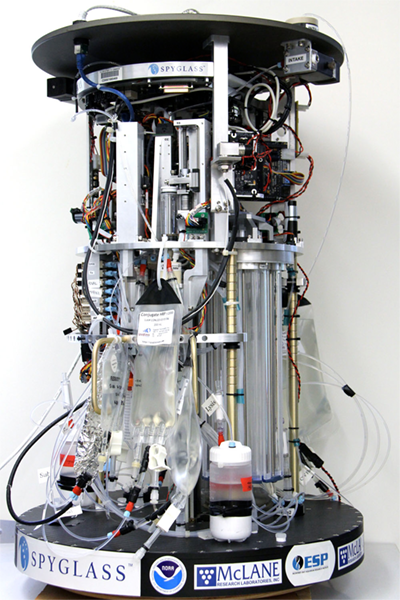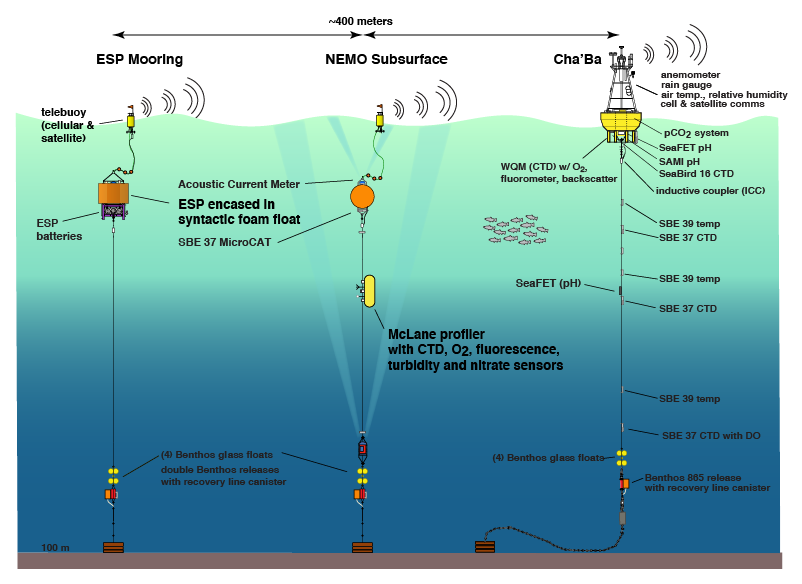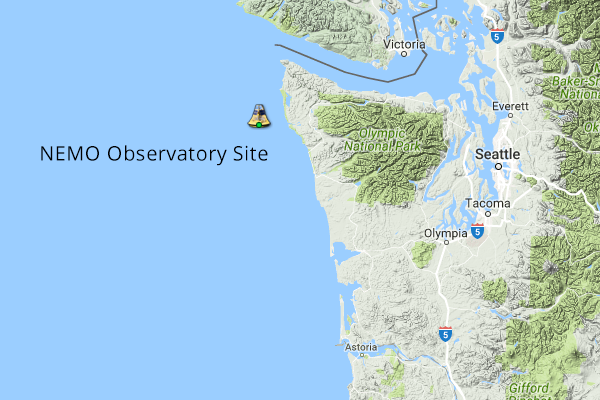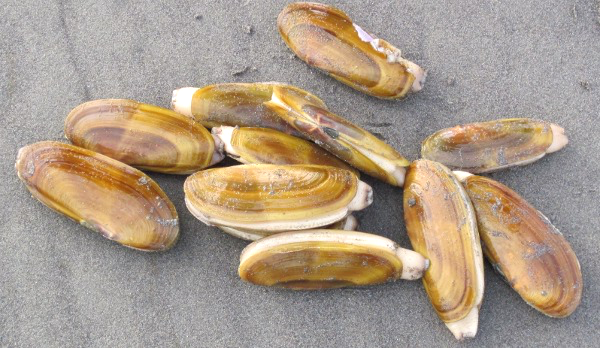RealTime HABs

The Environmental Sample Processor (ESP) is an advanced, underwater, robotic biosensor. Described as a "lab in a can", it enables remote, automated measurements of harmful algae and their toxins. Harmful algal blooms (HABs), are known to contaminate razor clams and other shellfish along the Washington Coast, endangering humans that consume them. This can lead to shellfish harvest closures that can cause profound social, economic, and cultural impacts long after the bloom has ended.
Every two to three days, the ESP collects a water sample, concentrates particulate material, and runs molecular diagnostics to detect and/or measure the abundance of harmful algae and the concentration of the toxin domoic acid. The ESP can detect a suite of Pseudo-nitzschia species, Alexandrium species and Heterosigma akashiwo. The sensor sends the information in near-real time back to land where it is available to view at ESP Now.
This information is used by coastal managers and public health officials to support decisions related to potential shellfish harvesting closures. Such decision-making is critical for coastal communities that can be severely impacted by HABs because of the significant human health risk and the financial hardships accompanying the closure of commercial shellfish beds. Spring and fall deployments of the ESP through 2023 are funded jointly by IOOS and the NOAA National Centers for Coastal Ocean Science (NCCOS) Monitoring Event Response for Harmful Algal Blooms (MERHAB) program.

The ESP mooring is deployed at an existing near-real time ocean observatory located 13 miles offshore from the town of La Push, Washington within the Olympic Coast National Marine Sanctuary. The mooring site, the Northwest Enhanced Moored Observatory (NEMO), is maintained by the University of Washington (UW) and the Northwest Association of Networked Ocean Observing Systems (NANOOS) and consists of a surface mooring, Ćháʔba· (named by the Quileute Tribe and meaning "whale tail") and a companion sub-surface profiling mooring 400 meters away (NEMO-Subsurface). The NEMO system samples near-surface atmospheric properties and ocean properties at depths from 1 to 85 meters. Although deployed on its mooring at 18 m depth to avoid rough near-surface conditions, the ESP pulls water from the near-surface (~2 m) where observations have shown HAB cell concentrations to be highest.

The NEMO Observatory site was chosen as the location for ESP sampling because it is within the likely transport path for toxic Pseudo-nitzschia blooms onto the coastal beaches where they can contaminate shellfish. An oceanographic feature, the Juan de Fuca Eddy, is a seasonal eddy that is known to retain phytoplankton including Pseudo-nitzschia species for longer periods of time compared to the open coastline. Toxic cells can escape from the eddy and be transported southward during certain wind conditions. Other mechanisms leading to on-shore flow can then transport the cells to the Washington coast where they can contaminate shellfish.


